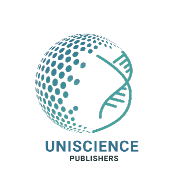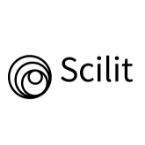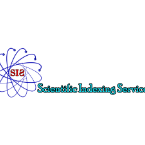
This essay synthesizes current scientific literature on the effects of music exposure during fetal development, examining evidence from neurobiological, cellular, psychological, and clinical perspectives. Drawing from recent research spanning 2020-2025, we analyze how prenatal musical exposure influences neural plasticity, language development, maternal mental health, and long-term developmental outcomes. The review integrates cutting-edge findings on music’s effects at the cellular level including enhanced embryonic stem cell pluripotency and improved cellular viability with established evidence for neuroplastic changes, enhanced speech processing, and improved brain network connectivity in children exposed to music in utero.
Particular attention is given to the psychological benefits of prenatal musical exposure, including significant reductions in maternal anxiety and depression (effect sizes ranging from 12.5-point anxiety score reductions to 96% vs 76% cellular viability improvements), enhanced maternal-infant bonding through oxytocin release, and improved maternal self-efficacy. The appendix incorporates a maternal-fetal relationship as a sacred therapeutic space where music serves simultaneously as biological medicine and spiritual practice.
Key findings include: (Trehub, 2001) prenatal musical exposure creates lasting neural representations persisting for at least 4 months post-birth; (UNICEF, (n. d)) daily musical exposure enhances neural encoding of speech fundamental frequency by up to 20%; (Hepper & Shahidullah, 1994) music influences embryonic cells at the molecular level, promoting stemness gene expression and cellular resilience; (Chorna et al., 2019) maternal anxiety scores decrease from 43.11±15.0 to 30.58±13.2 following musical intervention; and (Ullal-Gupta et al., 2013) the sacred-profane dialectic in therapeutic encounters reveals music’s dual function as measurable intervention and relational healing practice.
The integration of Talmudic teachings on fetal learning (Niddah 30b) with contemporary neuroscience reveals convergent perspectives on prenatal learning and memory formation. Clinical applications include evidence-based protocols for prenatal musical programs, integration into assisted reproductive technologies, NICU environmental design, and comprehensive perinatal care models that honor both scientific evidence and spiritual dimensions of healing.
Future research priorities include standardization of musical intervention protocols, longitudinal studies examining developmental outcomes into adulthood, investigation of epigenetic mechanisms, and development of personalized approaches based on genetic and cultural factors. The evidence supports a paradigm shift toward understanding prenatal musical exposure as a fundamental component of optimal human development, requiring healthcare approaches that integrate technical precision with spiritual wisdom and cultural sensitivity.
Keywords: Prenatal music exposure, fetal development, neuroplasticity, maternal mental health, maternal-fetal bonding, embryonic stem cells, cellular acoustic medicine, language development, brain connectivity.
Citation: Ungar-Sargon, J. (2025). Music as Sacred Medicine in the Maternal-Fetal Space an Integrative Framework for Prenatal Healing and Development. J Psychol Neurosci; 7(3):1-17.
DOI : https://doi.org/10.47485/2693-2490.1119













